Going Down a Robotic Rabbit Hole
Scientists are at the verge of a massive paradigm shift: self driven laboratories. This not only means that robots do the repetitive work in laboratories, but that they even decide on and run new experiments independently. We could be on the cusp of a new age in science, one where robots are capable of even more than humans. But how did we get here?
Let's take a look at one paper's journey in creating a self-driven lab in Toronto, Canada[1].
Phase 1 - Automating Simple Tasks
The lab started by getting simple robots to each do one boring or repetitive task. This has been done in laboratories for over 100 years, but is becoming more sophisticated.
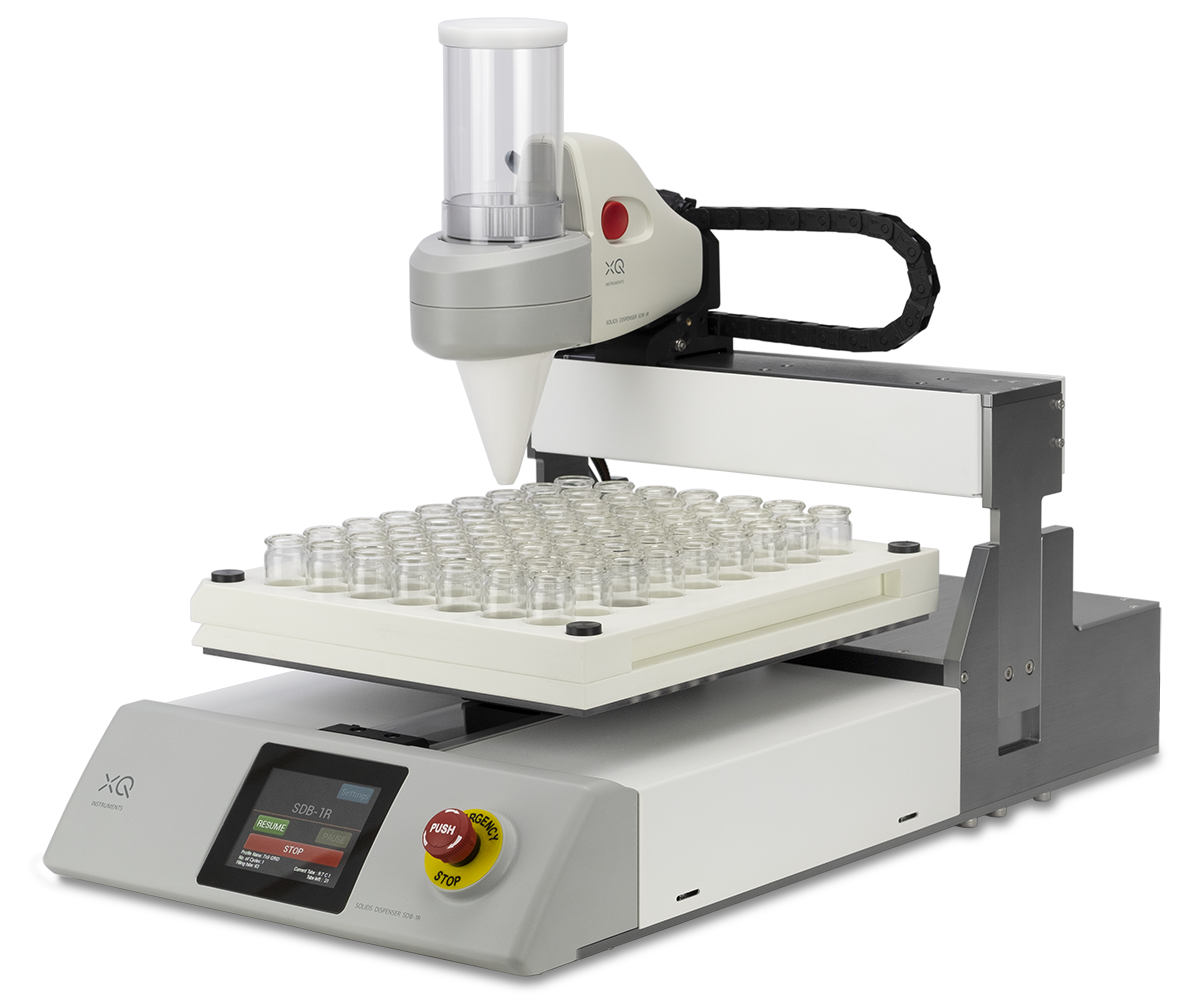
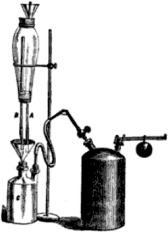
Modern powder dispenser[2] next to filtrate washer diagram from 1875[3].
Phase 2 - Full Experiments
Next, they linked up multiple automatic steps, just to make their jobs a bit easier. A scientist can now press "go" and watch while their experiment runs itself. Surely there's no harm in this, right?

Tubing, pumps, and liquid handling componets connect steps involved in the full preparation of a material and its subsequent analysis by nuclear magnetic resonance (NMR)[1].
Phase 3 - Closing the Loop
The robots are slowly getting more control: AI now analyzes the results and starts new experiments, ever learning. I hope they put an off switch on this thing.
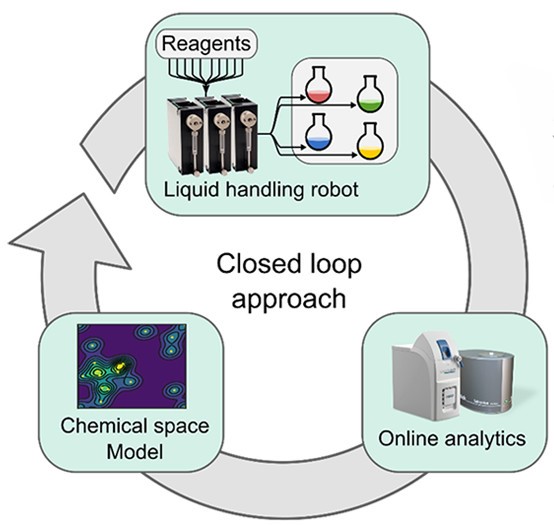
Diagram illustrating molecular discovery platform. Fabrication of molecules, testing of their reactivity using NMR, and planning of subsequent precursor molecules all done without any human intervention[1].
Science that Never Sleeps
Using this platform, this lab was able to perform up to 36 reactions per day. This represents parallelized and optimized processes, and is the equivalent of 100 reaction hours, each day.
Two novel products were discovered. An estimation was made to illustrate unpredictability, showing how many possiblities lead to the specific reactions leading to these molecules. It would have taken human scientists a long time.
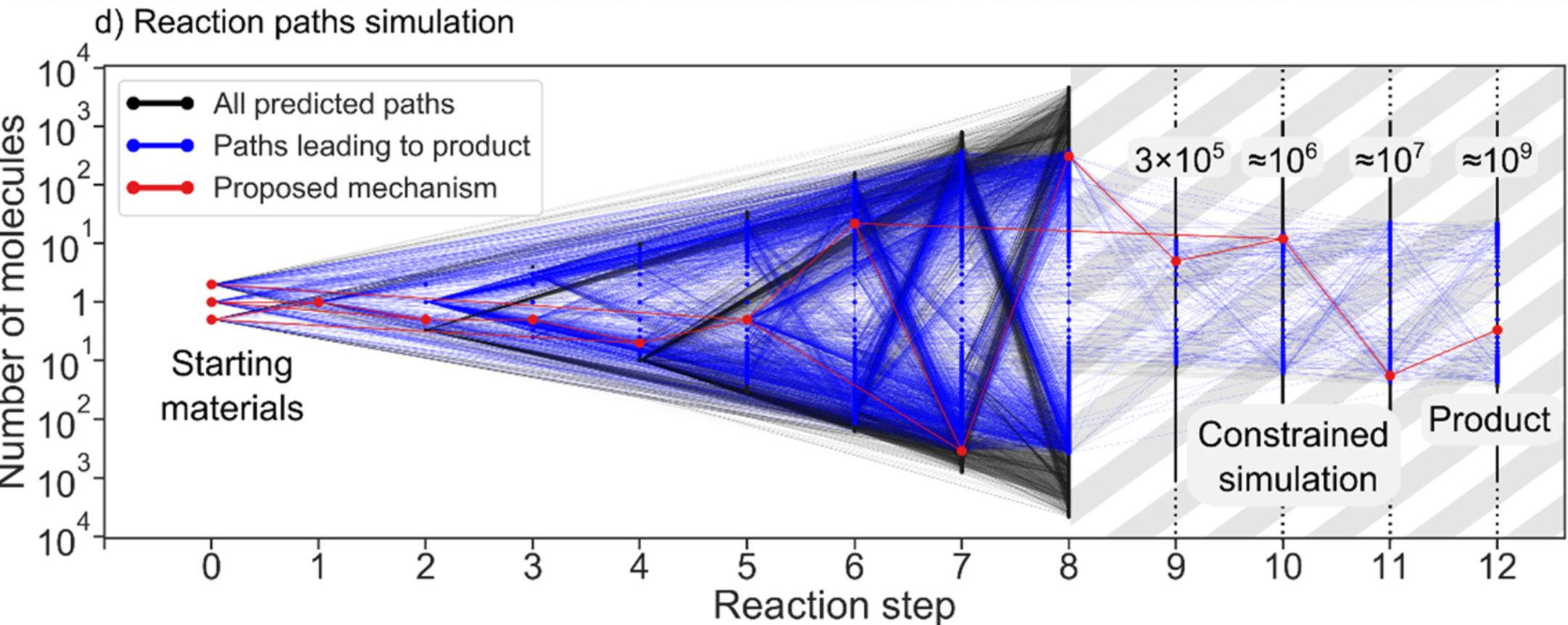
Estimated size of reaction network leading to discovery.
Phase 4 - Integrated Network of SDLs
The theoretical next step is for multiple fully automated laboratories to be linked together. This would give scientists (or AI research bots) full freedom to use request experiments to be run by automated platforms, all from a distance and without the need for any human operaters. At this point there would be no turning back.
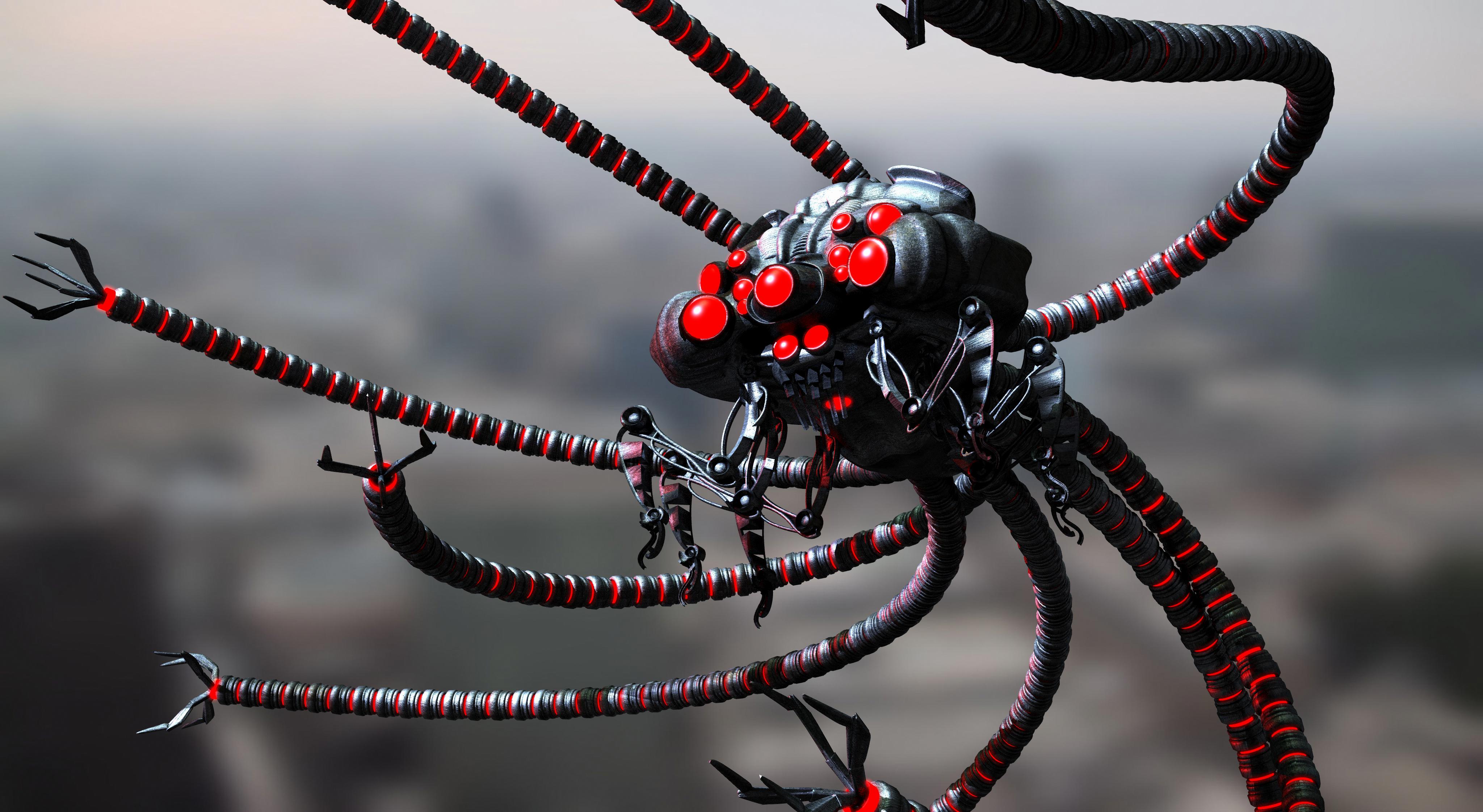
Illustration of what robots may look like if allowed to progress independently[4].
